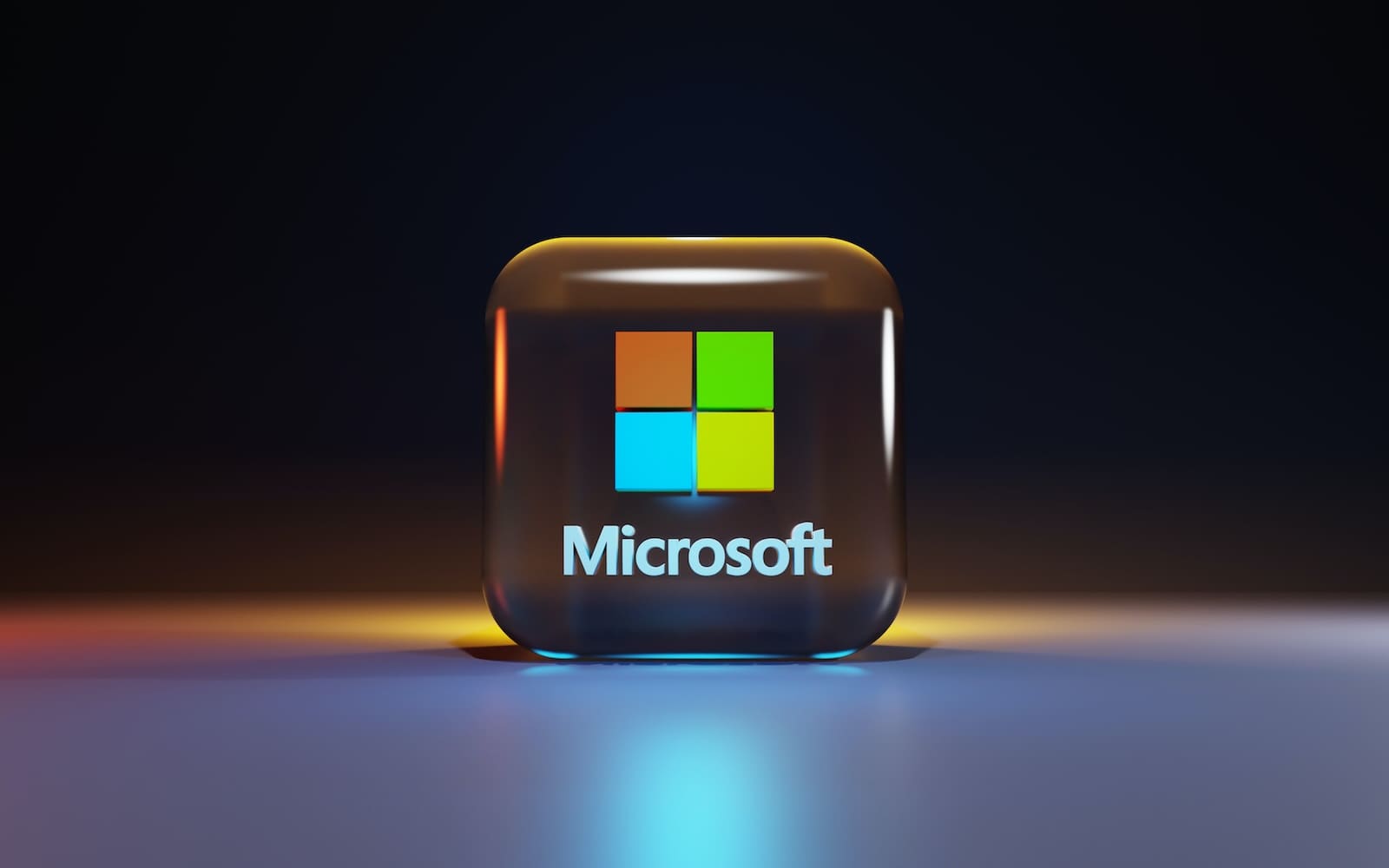In the vast ecosystem of technology, Microsoft stands out as a giant that not only offers a wide range of software products and cloud services, but also contributes to the development and evolution of numerous programming languages. These languages are essential for developers around the world, enabling them to create innovative applications and solutions that impact the daily lives of millions of people. Below, we explore the key programming languages used in Microsoft and how each of them plays a fundamental role in today’s technological fabric.
**C# (C Sharp):** Perhaps the most iconic of Microsoft’s programming languages, C# was developed as part of the .NET Framework initiative. Designed to be powerful, versatile, and suitable for a variety of applications, from web development to Unity games, C# continues to be fundamental for developers working in the Microsoft ecosystem.
**Visual Basic .NET (VB.NET):** With its roots in the original BASIC, VB.NET offers a simple syntax and a focus on ease of use, making programming accessible for beginners and efficient for professionals. Although its popularity has declined in comparison to C#, VB.NET is still used in numerous enterprise and educational projects.
**F#:** Representing the functional programming paradigm within the Microsoft universe, F# is praised for its ability to handle complex tasks with concise and readable code. Its integration with the .NET Framework makes it particularly useful for data analysis and financial applications.
**TypeScript:** Developed by Microsoft to address the limitations of JavaScript in large-scale applications, TypeScript adds optional static typing to JavaScript, making it easier to write safer and more understandable code. Its compatibility with all browsers and integration with modern development tools have made it a favorite among front-end developers.
**PowerShell:** More than just a programming language, PowerShell is a command-line shell and scripting language designed for automation and task management. Its powerful combination of accessibility and depth makes it indispensable for system administrators in Windows environments.
**SQL Server and T-SQL:** Microsoft’s relational database, SQL Server, uses Transact-SQL (T-SQL) as its language for queries, updates, and data management. T-SQL is essential for developers and database administrators working with enterprise applications on the Microsoft platform.
These programming languages are not just tools; they are the beating heart of countless projects and applications that define the modern technological landscape. Microsoft continues to invest in the development and improvement of these languages, ensuring they remain relevant and powerful to face the challenges of a constantly evolving digital world. With a focus on innovation and accessibility, Microsoft’s programming languages are among the most influential in the industry, enabling developers of all levels to build the future of technology.

